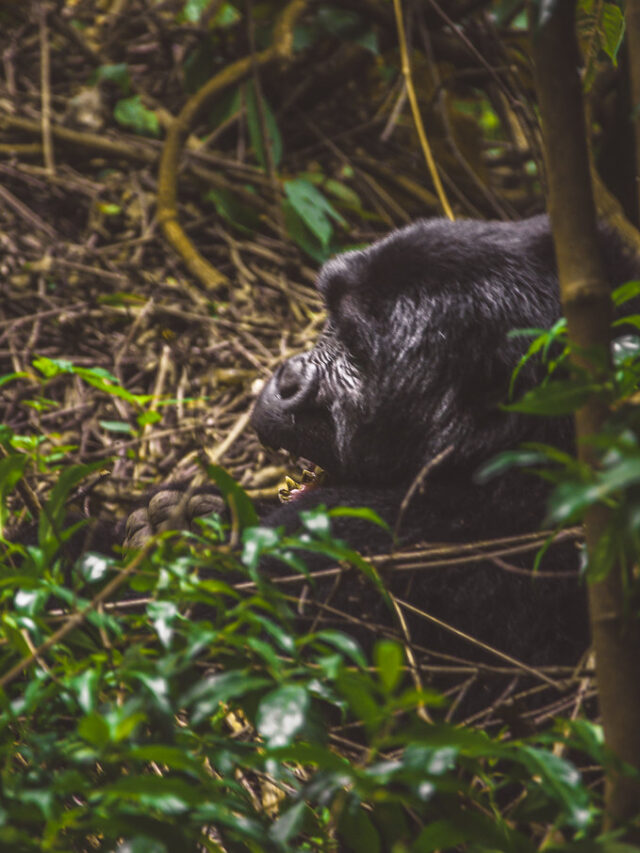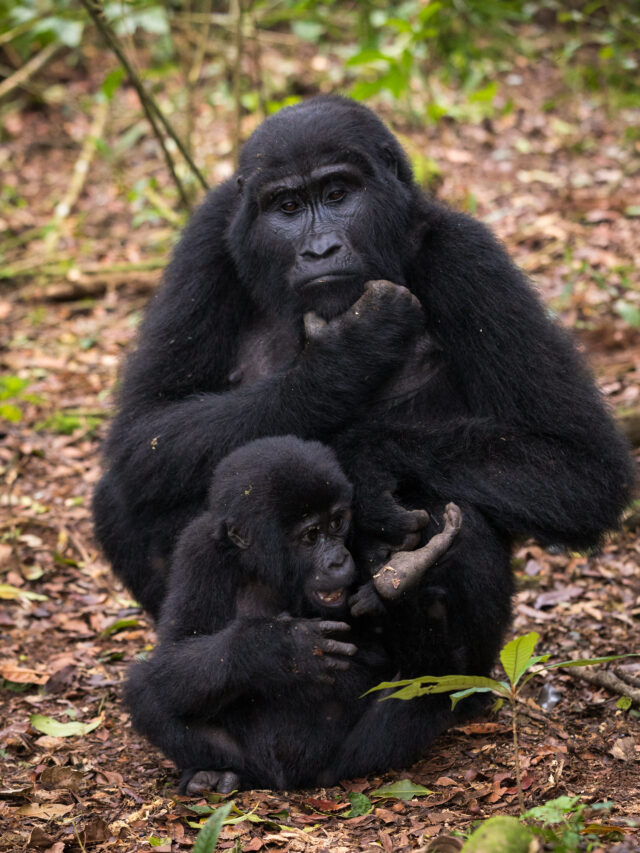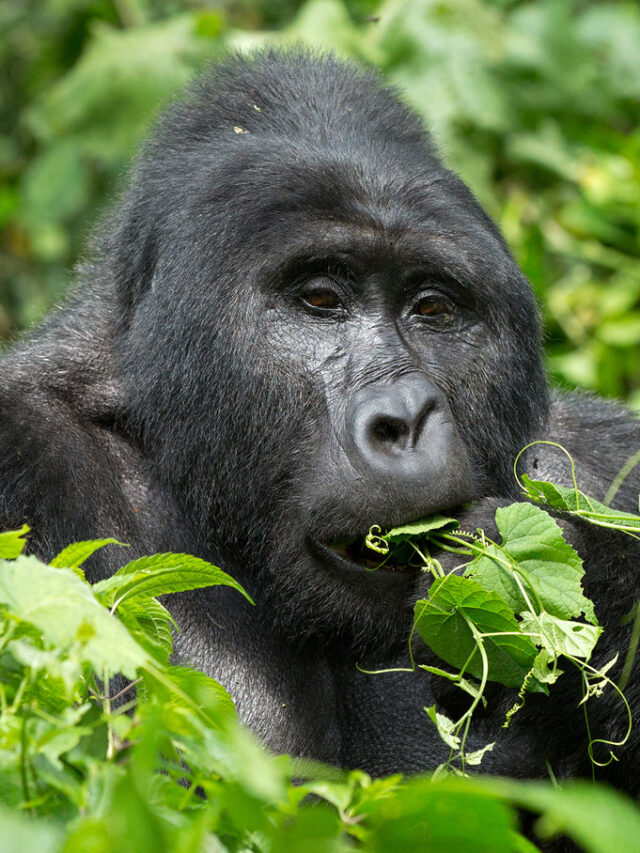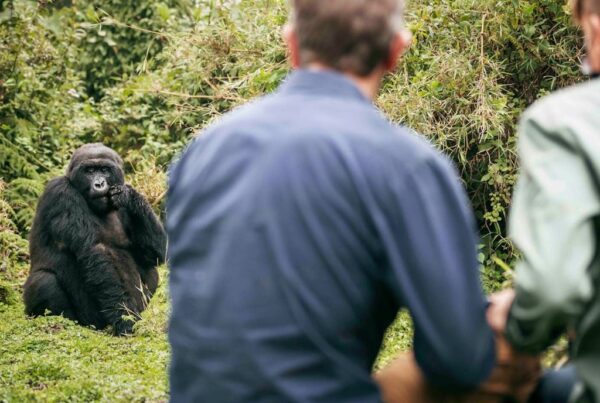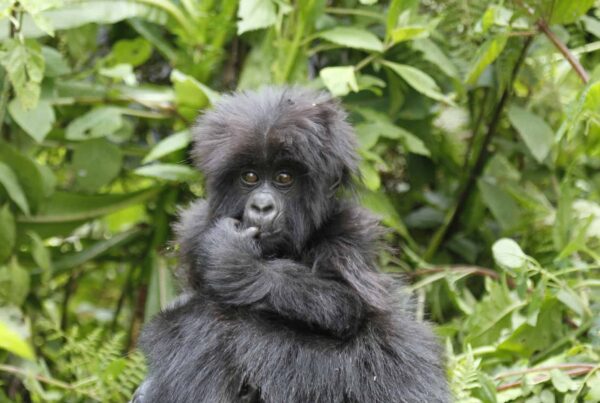Silverback Gorilla vs. Grizzly Bear: Strength, Survival, and the Myths of the Wild
A Battle That Captures the Imagination—But Misses the Bigger Truth
In the dense, misty rainforests of Africa, the silverback gorilla reigns with quiet authority. Thousands of miles away, across the rugged ranges of North America, the grizzly bear prowls its territory with primal force. These two iconic animals ignite wild speculation whenever their names are paired: Who would win in a fight? Who’s stronger? Who’s smarter? But the reality of a silverback gorilla versus a grizzly bear isn’t just about claws or muscles—it’s a deeper story of evolution, ecological mastery, and survival in radically different worlds. To compare them is to understand two paths nature took to create apex beings in their own right.
The Grizzly Bear: A Tank of the Wilderness
The North American grizzly bear (Ursus arctos horribilis) is an apex predator and scavenger built like a four-legged battering ram. A large adult male grizzly can weigh 270 to 360 kilograms (600 to 800 pounds), though some individuals exceed even that. Standing on hind legs, they can reach 2.4 meters (about 8 feet) tall—dwarfing most humans and towering over any gorilla. Grizzlies have immense shoulder muscles, built for digging, tearing, and overpowering prey. Their claws—up to 4 inches long—are as deadly as they are efficient.
Their strength isn’t just about offense; it’s survival. They can flip boulders, uproot trees, and tear through thick animal hides with terrifying ease. Their bite force, estimated at over 1,000 PSI, could crush bones. And their thick fur and skin offer natural armor in combat.
The Silverback Gorilla: Power with Precision
In contrast, the silverback gorilla (Gorilla beringei beringei or Gorilla gorilla) is not a predator—but that does not mean it is weak. At up to 220 kilograms (485 pounds), and with incredible arm span exceeding 2.5 meters (8.2 feet), the gorilla is all muscle. It’s estimated that a silverback can lift over 800 kilograms (1,800 pounds) and has upper body strength 10–15 times greater than the average human. Its arms are powerful levers, capable of shattering bamboo stems, pulling down tree limbs, and delivering devastating blows if necessary.
But silverbacks rarely use this power aggressively. They are peaceful leaders, more focused on family protection than combat. Their strength lies in control, not carnage. Still, when threatened—especially if their troop is in danger—a silverback can become a terrifying force of nature. Their canine teeth, though used mostly for display, can do real damage. And their agility in thick forest gives them explosive speed and mobility, though they are not long-distance fighters.
Strength Showdown: Who Would Win?
In a raw, hypothetical fight—which would never naturally happen(Silverback Gorilla vs. Grizzly Bear)—the grizzly bear almost certainly wins. It outweighs the gorilla by a margin of up to 300 pounds, has longer reach when standing, sharper and longer claws, and a bite force far beyond anything a gorilla can generate. It is built for killing large animals like elk and even fighting off other bears. Its hide is thicker, its muscle mass broader, and its instincts more brutal.
The gorilla, for all its strength, is not designed for this kind of combat. While it might land a few powerful strikes and could cause damage with its arms and bite, it simply lacks the offensive tools and durability to survive a sustained attack from a grizzly. Silverbacks have never evolved to battle apex predators in open combat—they have instead evolved to lead, defend, and adapt.
Intelligence and Emotional Strength
But this is where the conversation shifts: if we judge purely by physical combat, the grizzly wins. But if we ask who is more intelligent, emotionally complex, and socially evolved, the silverback gorilla reigns supreme. Gorillas form deep emotional bonds, mourn their dead, resolve conflicts through social cues, and even display signs of empathy and planning. Their brains, relative to body size, are larger than those of bears, and their behavior includes tool use, memory, communication, and family structure rooted in responsibility rather than aggression.
The gorilla’s strength is moral and cognitive, too—something the bear, powerful as it is, cannot replicate.
Different Warriors, Different Worlds
What makes this matchup so fascinating is not the fantasy of a fight, but the symbolism of two paths of strength. The grizzly bear represents raw survival—a solitary warrior that lives by instinct and dominance. The silverback gorilla represents community leadership and wisdom—a protector who uses strength not for destruction, but for peace and care.
They belong to different ecosystems, fulfill different roles in nature, and would never meet in real life. Yet humans can’t help but be captivated by the contrast. And perhaps that tells us more about ourselves than it does about them.

